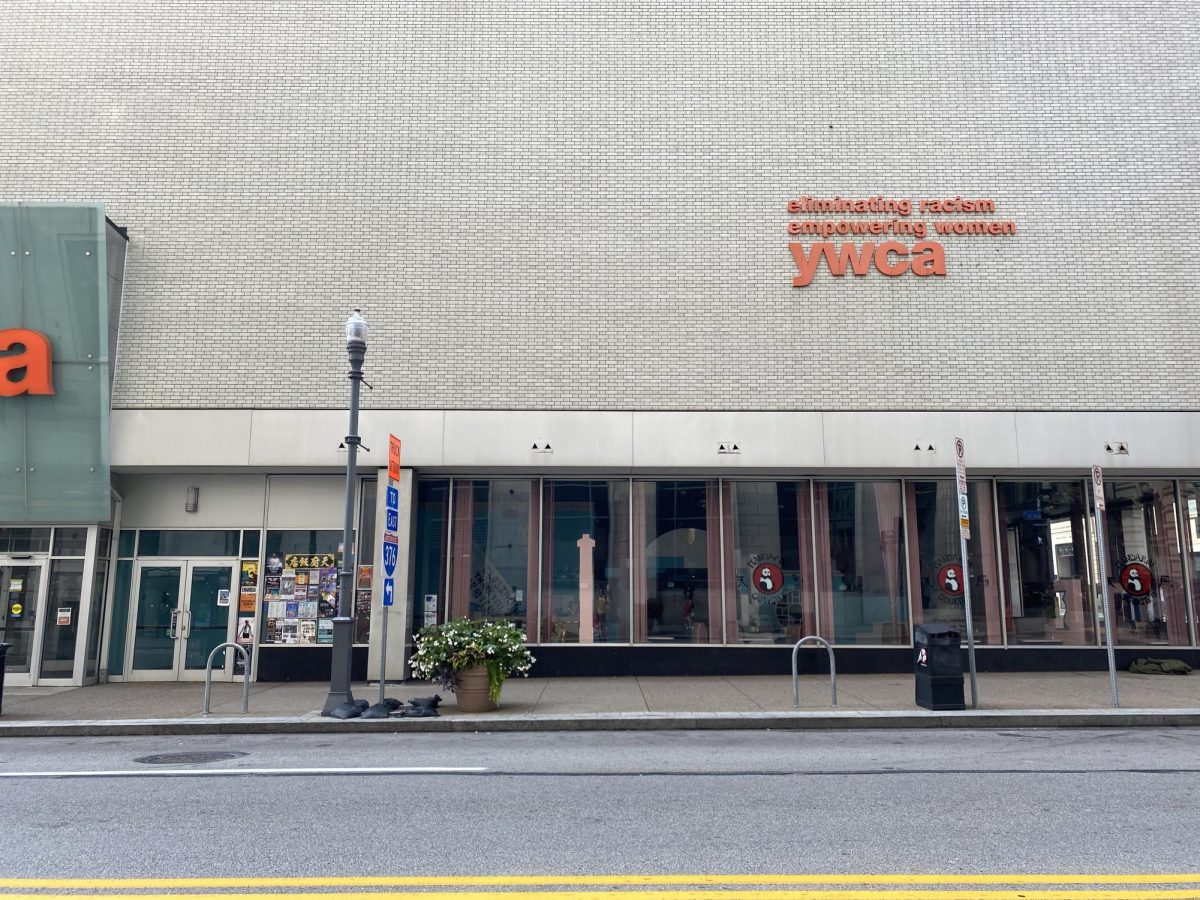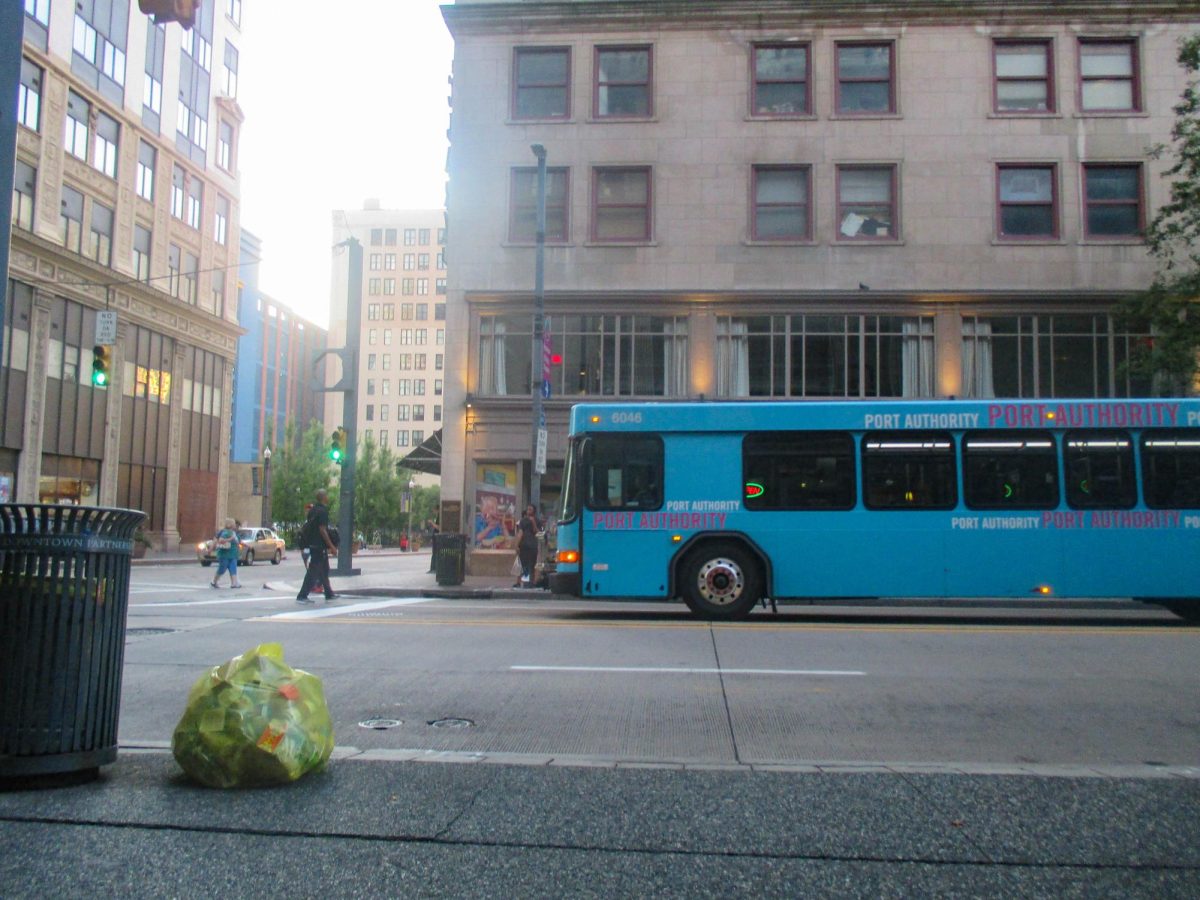Tuition will increase by 3.8% for the fall 2025 and spring 2026 semester, according to Point Park’s tuition and costs section of its website.
COPA students’ yearly cost will rise from $47,940 per year to $49,760 per year, an increase of roughly $1,800. Non-COPA students’ yearly cost for tuition will also rise, from $37,650 to $39,080, an increase of around $1,400.
Part-time undergraduate credit costs, graduate program costs and online course costs also saw marginal increases of around $10 to $40 per credit.
The cost of added fees, like the university’s activity and technology fee, did not change.
Lou Corsaro, assistant vice president of public relations said most universities increase tuition yearly “for a number of reasons.” He said that returning students are mailed letters informing them of the coming increase.
“Point Park sets its tuition rates for each school year based on thorough analysis and research, with a goal of determining the lowest possible number,” Corsaro said.
No university officials were available for comment, according to Corsaro. A specific reason for the increase was not given.
Last year, President Chris Brussalis cited tuition as increasing in line with inflation at the time. But this year, the average cost of all items was up about 2.4% from last year, according to the Bureau of Labor Statistics.
The increase alone isn’t the full part of the equation, though, according to Point Park’s website.
The section of the website illustrating the increase notes that incoming freshmen received $32,095 on average in financial assistance.
Kyle Maclaughin, president of the Student Government Association (SGA), said the increase was expected but not clear in its execution.
“While I think it’s amazing that our school is working on all these expansions to the university, I think it is also really important for us as students – and especially [for] incoming students – to make sure that they are seeing directly where their money is going,” Maclaughlin said.
“And I think moving forward, it’s going to be really important to be in constant talks with the university about these increases in tuition,” Maclaughlin said. “Because I think it’s probably a commonly held belief that they have not always been the most transparent about those increases.”










